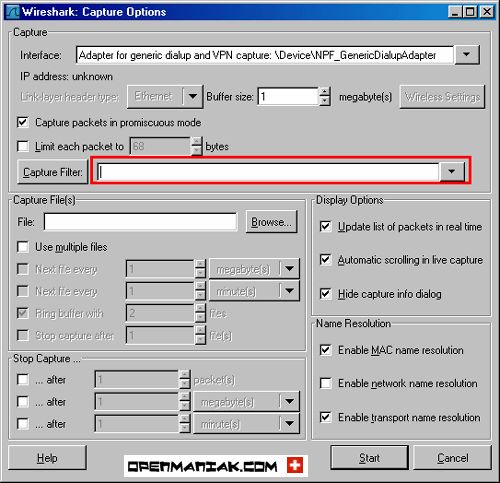

-b files: − the number of files to capture before overwriting the oldest.-b filesize: − file size in kB before starting a new.-i − interface number (listed from dumpcap -D).# dumpcap -i 1 -b filesize:100000 -b files:20 -w mycapture.pcapng pcap files of 100MB each, replacing the oldest file with the twenty-first file and so on… This allows a continuous capture without exhausting disk space. The following example will provide a ringbuffer capture. To see all dumpcap options, use the -h flag.

Used in combination with tmux will allow the capture of packets in a detached session. Tcp.port=80||tcp.port=3306||tcp.port=443ĭumpcap is part of Wireshark and can be used for capturing packets without the GUI.

By applying a filter, you can obtain just the information you need to see. Filtering: Wireshark is capable of slicing and dicing all of this random live data using filters. This will filter traffic within any of the private network spaces. Packet Capture: Wireshark listens to a network connection in real time and then grabs entire streams of traffic quite possibly tens of thousands of packets at a time. To only see LAN traffic and no internet traffic, run Start Wireshark, then import the tcpdump captured session using File -> Open and browse for your file.


 0 kommentar(er)
0 kommentar(er)
